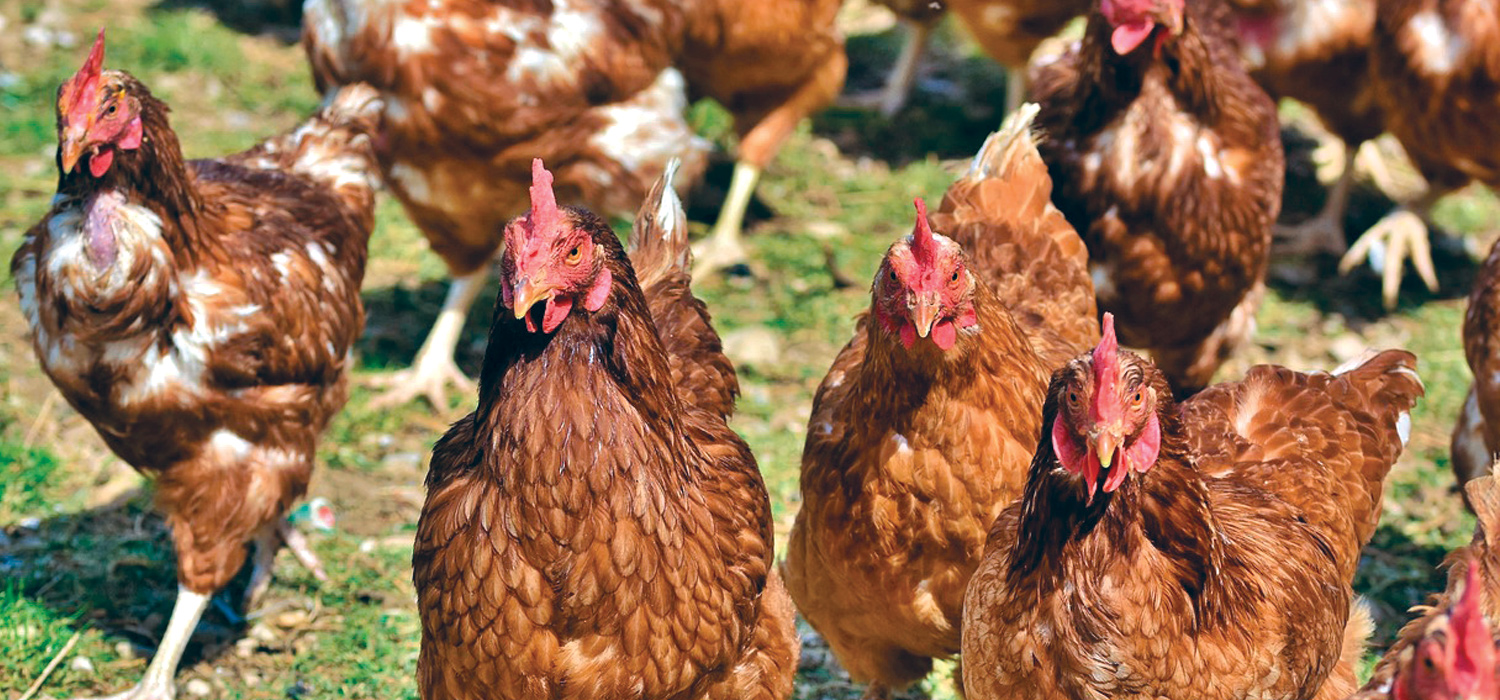 Dangerous bird flu virus outbreaks are now starting in places outside Asia, including Europe and Africa, suggesting a shift in the global distribution of the viruses, according to researchers.
Dangerous bird flu virus outbreaks are now starting in places outside Asia, including Europe and Africa, suggesting a shift in the global distribution of the viruses, according to researchers.
The H5N1 virus first emerged in China in 1996 but it is now infecting and killing increasing numbers of wild birds and poultry, as well as posing a risk to humans.
Since 2014, there have been several outbreaks of similar bird flu viruses in the H5 group, and the research found that while 2016-17 outbreaks started in China, two new H5 group viruses emerged from African and European countries, which suggested a shift of the H5 epicentre away from Asia.
Writing in Nature journal, researchers from the University of Sydney, the Peter Doherty Institute for Infection and Immunity, the University of Melbourne and University of Hong Kong said there had been major changes in the evolution of highly pathogenic avian H5 influenza viruses, including a shift in global distribution.
They looked at changing origins and trends of highly pathogenic avian H5 outbreaks using data collected by the Food and Agricultural Organization and the World Organization for Animal Health between 2005 and 2022, alongside an analysis of more than 10,000 whole viral genomes.
The researchers suggested that the increasing persistence of bird flu in wild bird populations was driving the evolution and spread of new strains. This highlighted the need for elimination strategies to limit viral spread and to control the prevalence of avian influenza within global bird populations.
Professor Raina MacIntyre, head of the Biosecurity Program at the Kirby Institute at the University of NSW, said the research confirmed what has been observed epidemiologically – that there had been major ecological changes in highly pathogenic avian influenza globally since 2016, and especially since 2021.
“Since HPAI began infecting domestic birds in 1996, we have seen a pattern of epidemic waves that subside between waves, and with mass culling of birds,” she said.
“Now we see increasing and unprecedented spread of H5N1 clade 2.3.4.4b globally, from what used to be the historic epicentre of HPAI, Asia, to Europe, North America and Africa. Instead of epidemics that subside, there has been a sustained increase in H5N1, and a change in spread through mostly poultry trading to wild birds.
“Wild birds have increasingly explained the global spread, which is bad news because we have less control over wild birds, and surveillance is less in wild birds.”
Professor MacIntyre said there had been an unprecedented persistence of the virus in wild birds, and while in the past the culling of birds was the preferred response to avian influenza epidemics, this was no longer sustainable due to the sheer scale of global spread.
“Many countries have switched to vaccination of birds, which may drive further mutation of the virus. The increase in mammalian infections with clade 2.3.4.4b is especially concerning, as this may signal adaptation to mammalian transmission and pandemic potential,” she said.
“There has never been a time in the history of HPAI where the risk of a human pandemic is more concerning than it is now.”
Professor Michael Ward, chair of Veterinary Public Health and Food Safety at the University of Sydney said that until recently, wild birds have been considered the “bridge” in HPAI outbreaks, but now the wild bird-domestic poultry ecosystem was beginning to be understood.
“Understanding where to focus our surveillance efforts to reduce the impact of HPAI on the world’s domestic poultry supply and preventing the next pandemic is vital,” he said.
The research is at (DOI): 10.1038/s41586-023-06631-2

